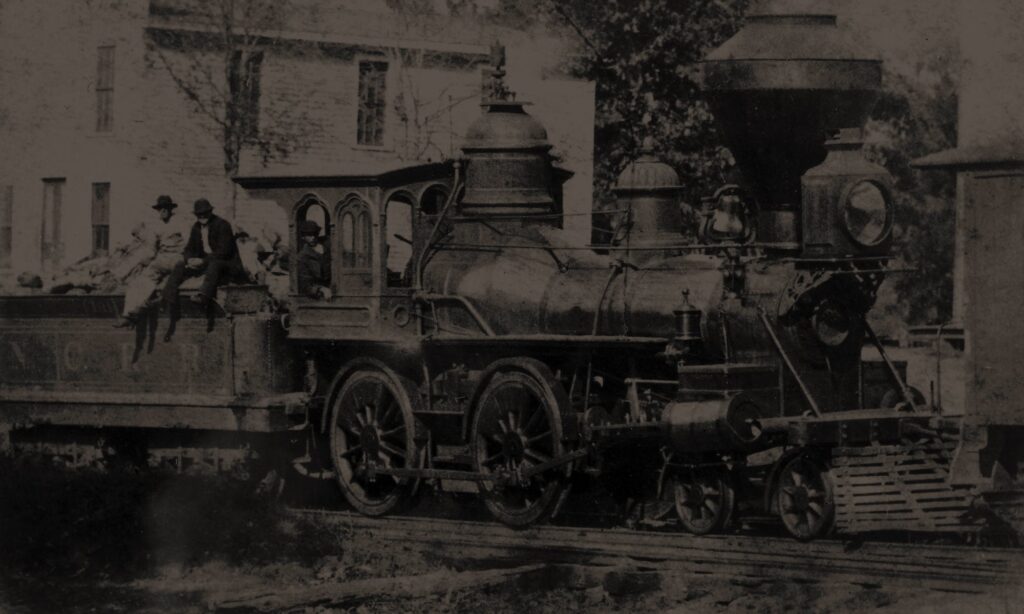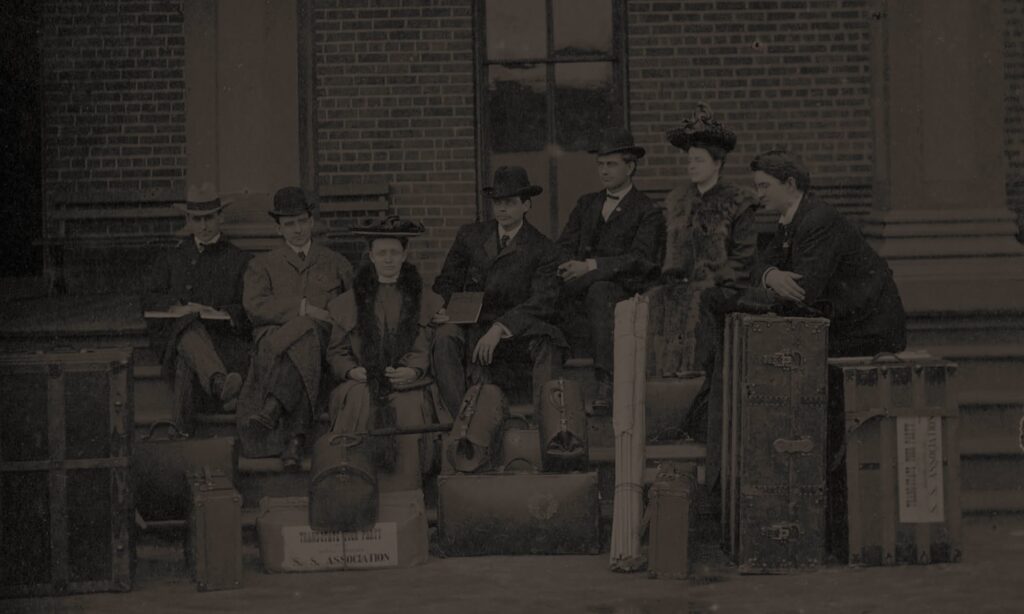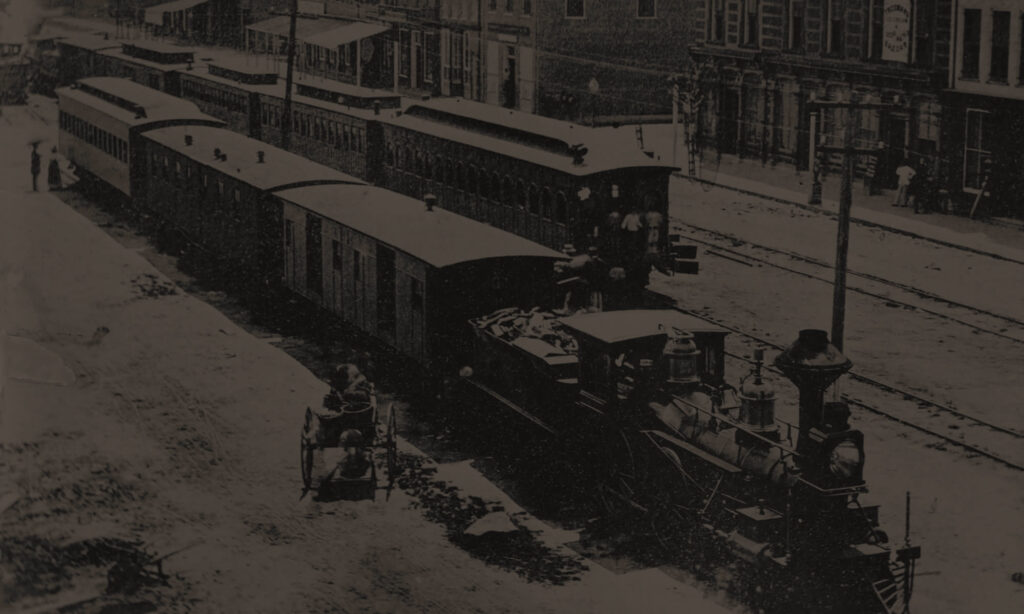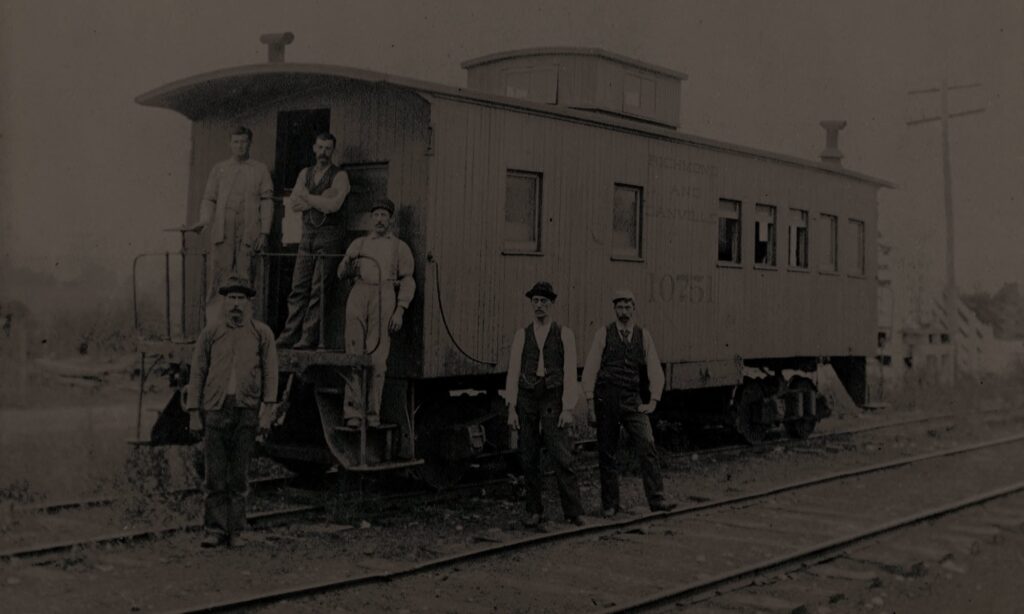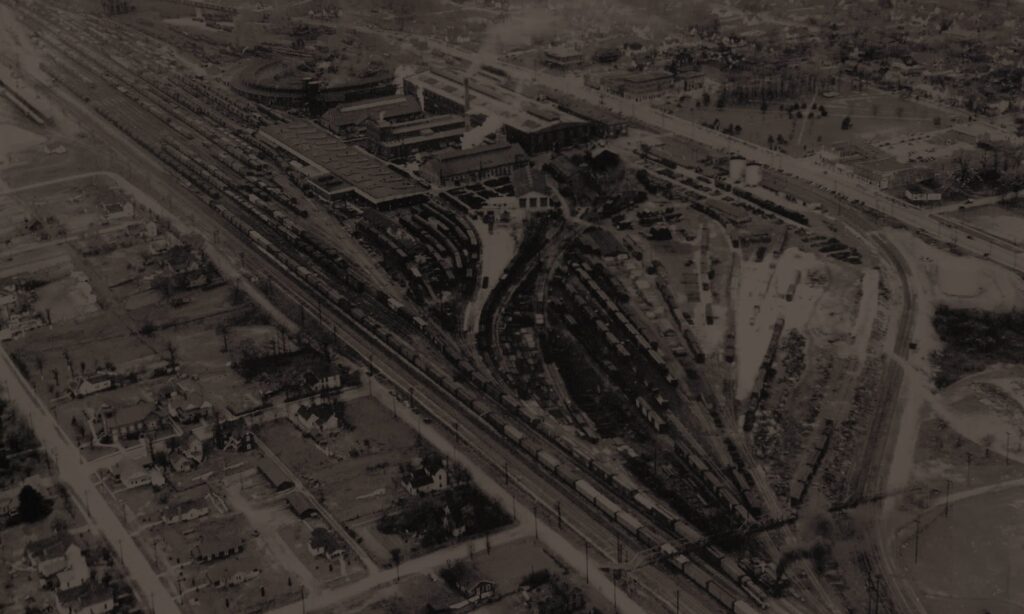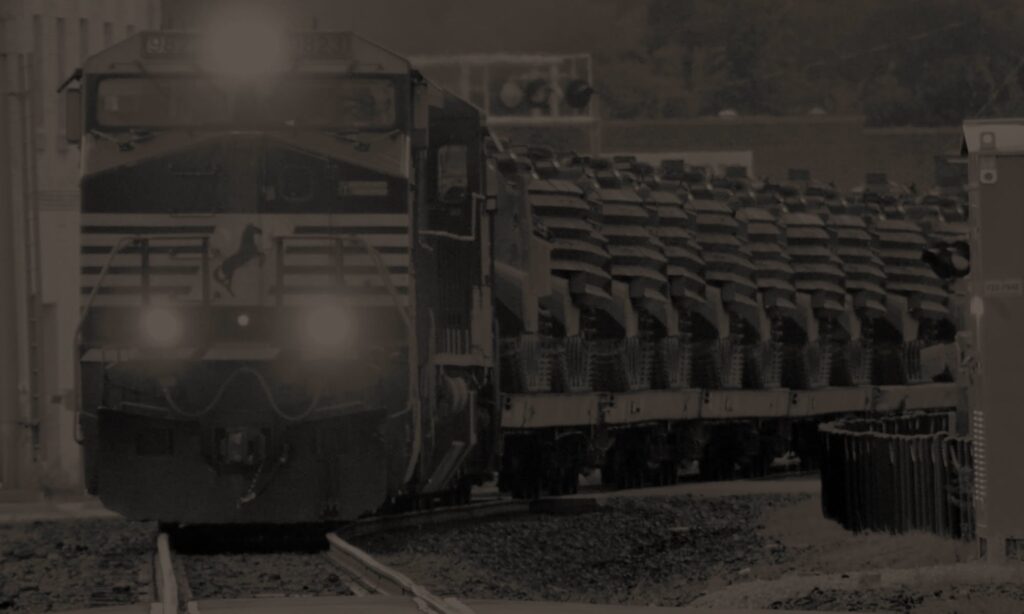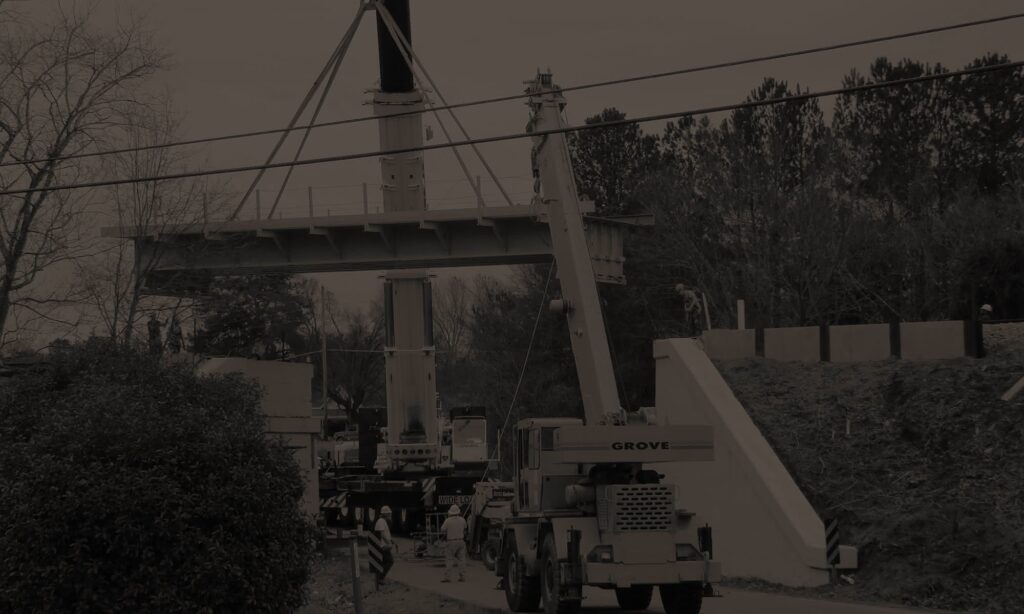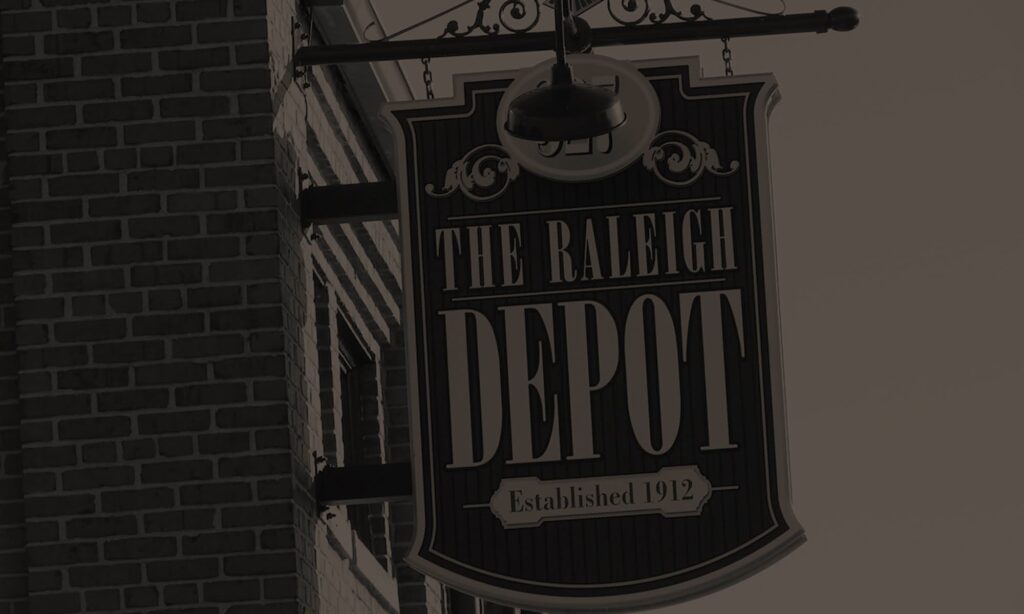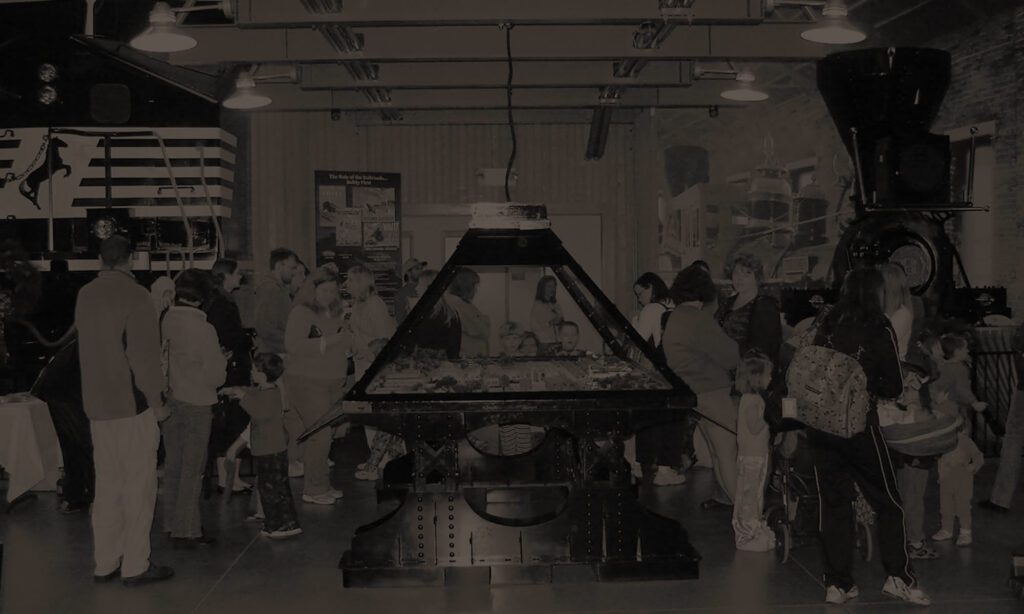We are leading the way in rail improvements and partnership development in North Carolina.
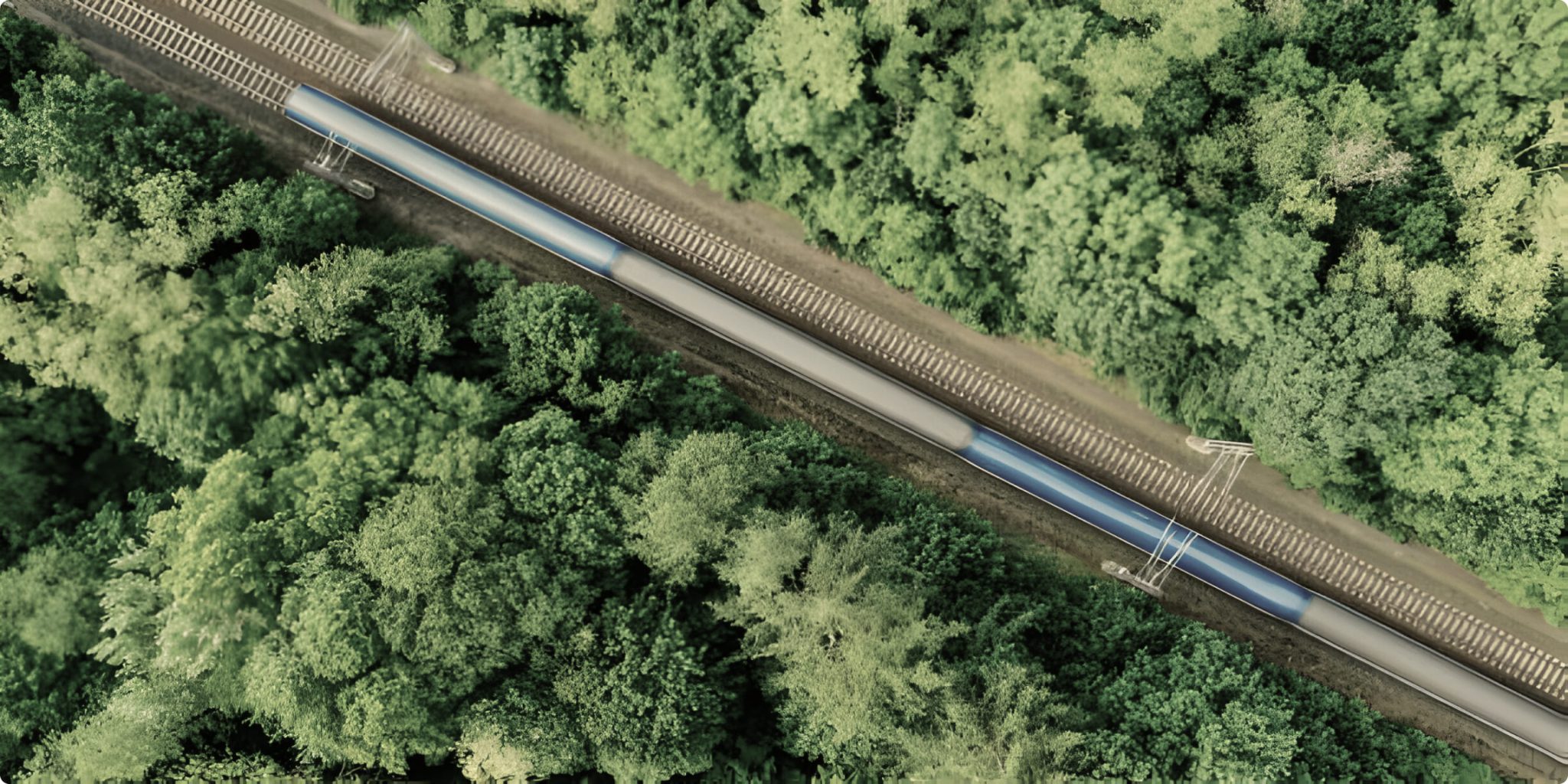
SAFETY

IS OUR STANDARD
Origin
Connecting the coastal plains and sparking economic growth across the state since 1849.
It began in 1849 when the North Carolina legislature authorized an east-to-west railroad connecting the coastal plains to the Piedmont, igniting economic growth statewide. This marked the birth of the North Carolina Railroad.
Since then, the North Carolina Railroad Company has owned and managed the corridor, playing a pivotal role in its expansion by investing in rail infrastructure and boosting freight capacity.

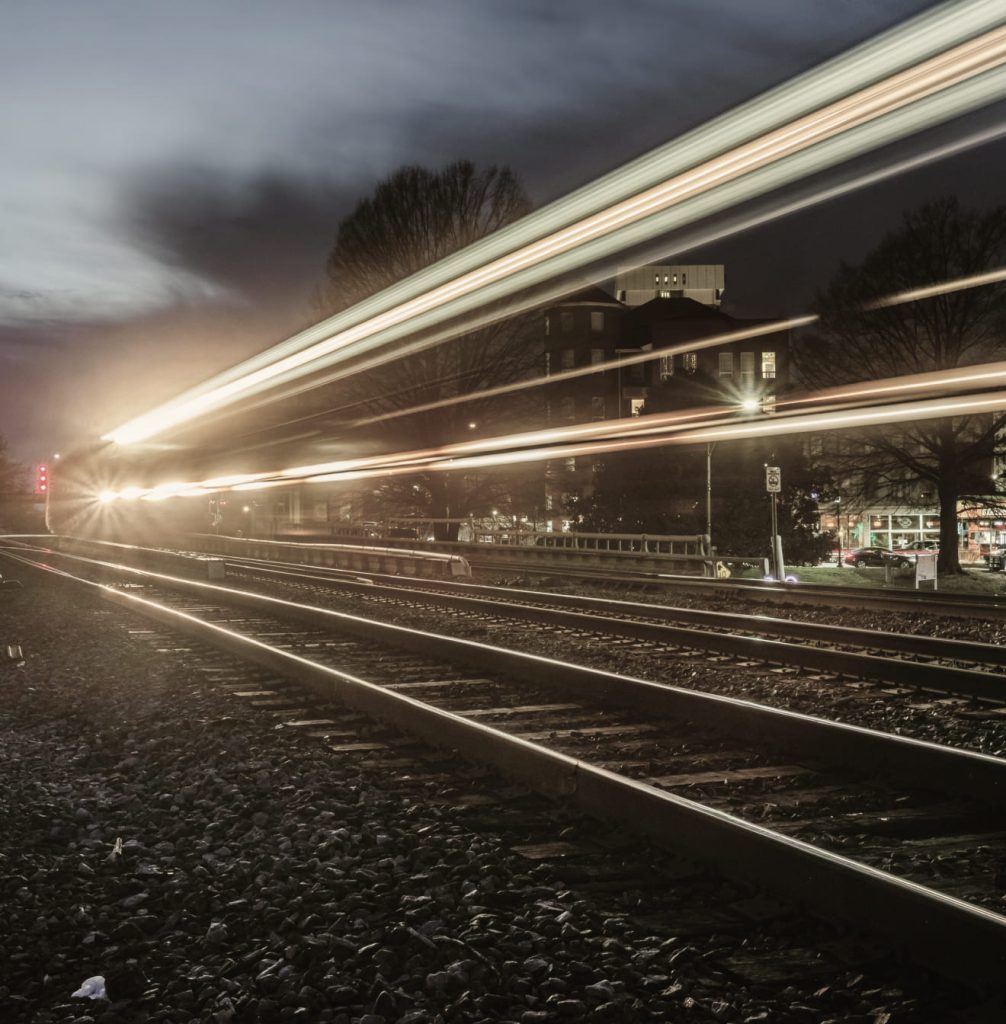
Timeline
Our Impact & Capabilities
Continuously driving rail development and reinvesting revenue back into the state.
Historically, we’ve ensured North Carolina’s rail infrastructure meets the needs of businesses looking to expand or relocate. As the state’s oldest privately-run corporation, we work closely with government and economic partners to invest in growth opportunities, particularly in rural areas. Since NCRR is fully owned by the state, we reinvest a significant portion of our revenue back into North Carolina.
120
Total economic impact
since 1929
4.9
Annual GDP in economic activity
along the corridor
247
Annual tax revenue from economic
activity along the corridor
15020
Jobs created from direct rail-served
businesses activity along the corridor
Additionally, we’ve gained leading rail experts and new business lines so that we can offer best-in-class consulting, industrial development, engineering, and construction services.
These services and increased proactivity will help us provide forward-thinking, rail-centric solutions for our partners, resulting in a modernized railroad corridor that actively expands North Carolina’s competitive advantage.
Join our team
Be part of a dynamic team where your expertise contributes to impactful projects, driving progress for communities, industries, and the state as a whole.
Get in touch
Reach out to us with any project,
application, or question —
we're here to help.


